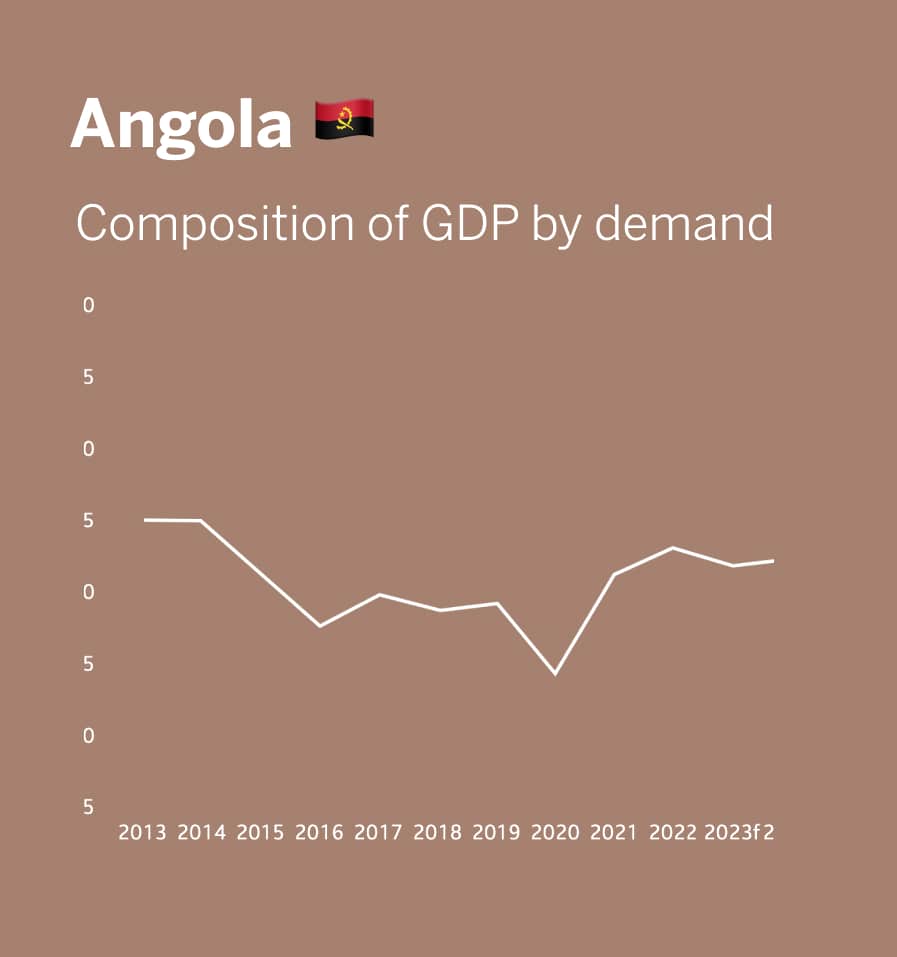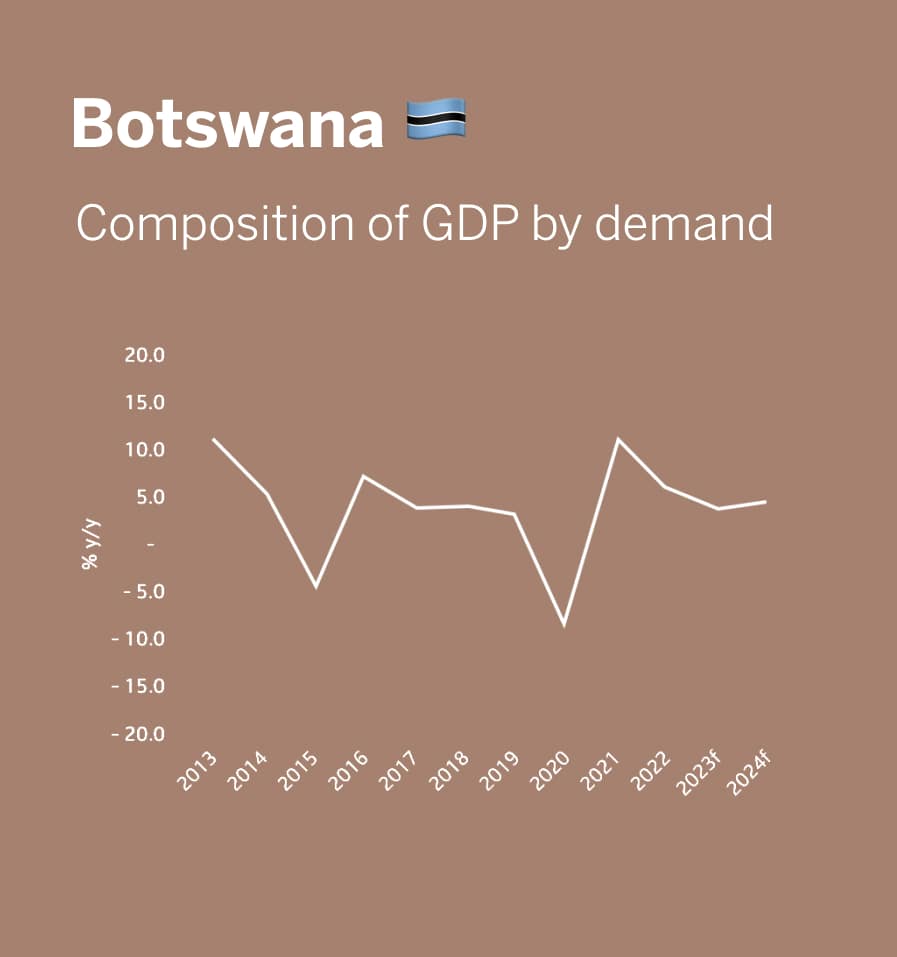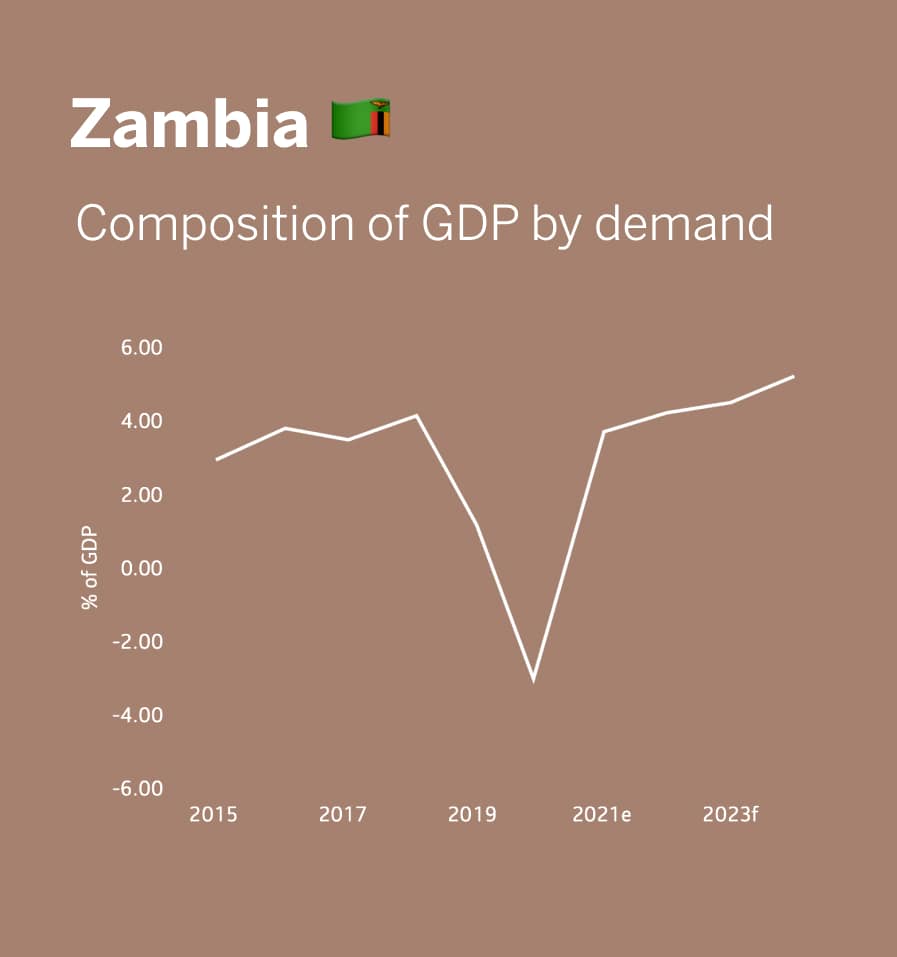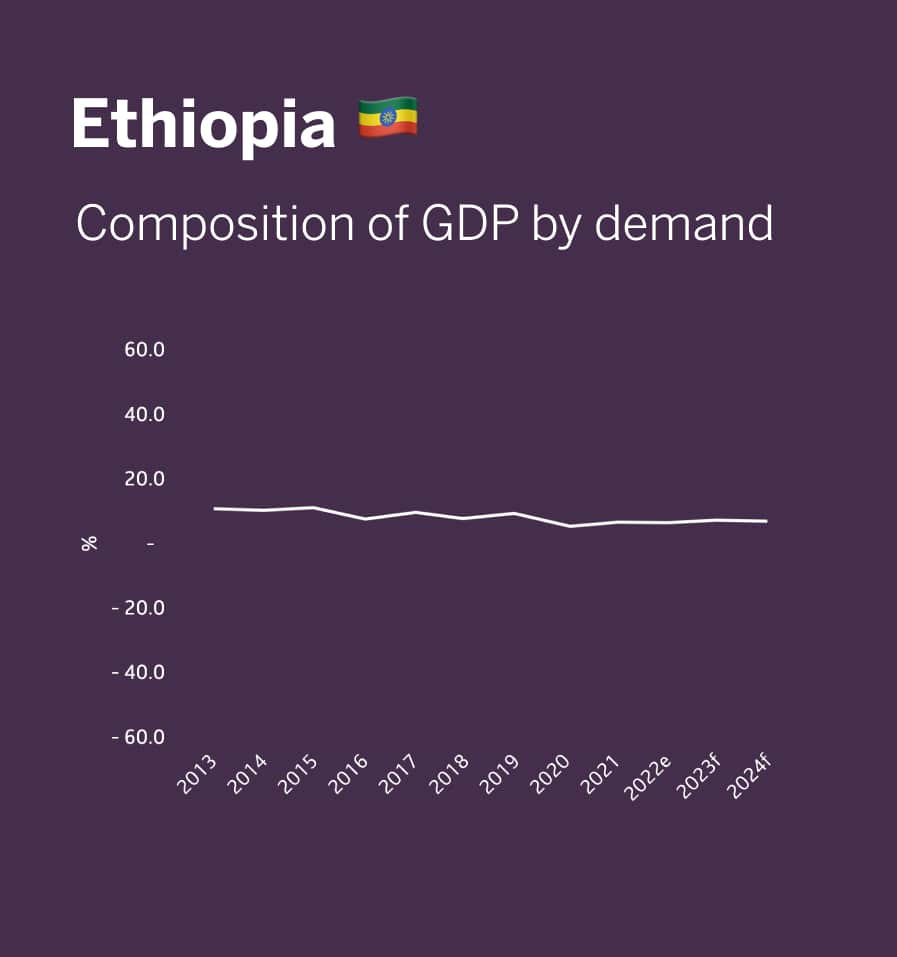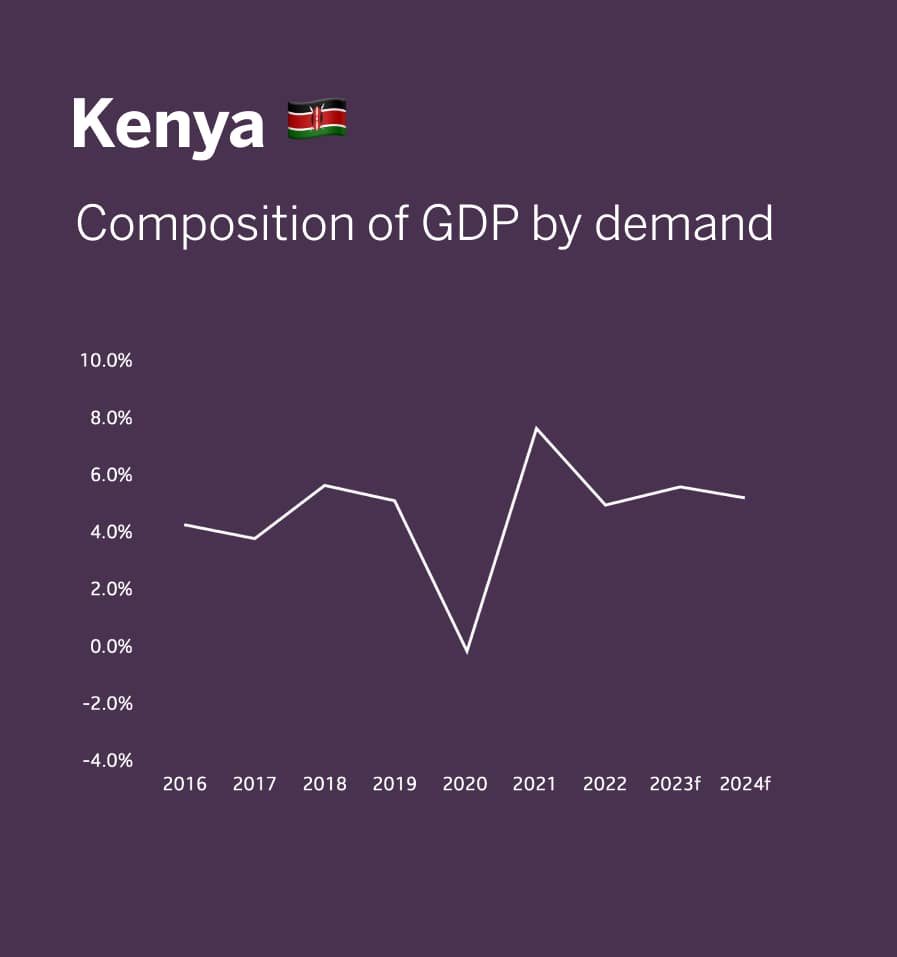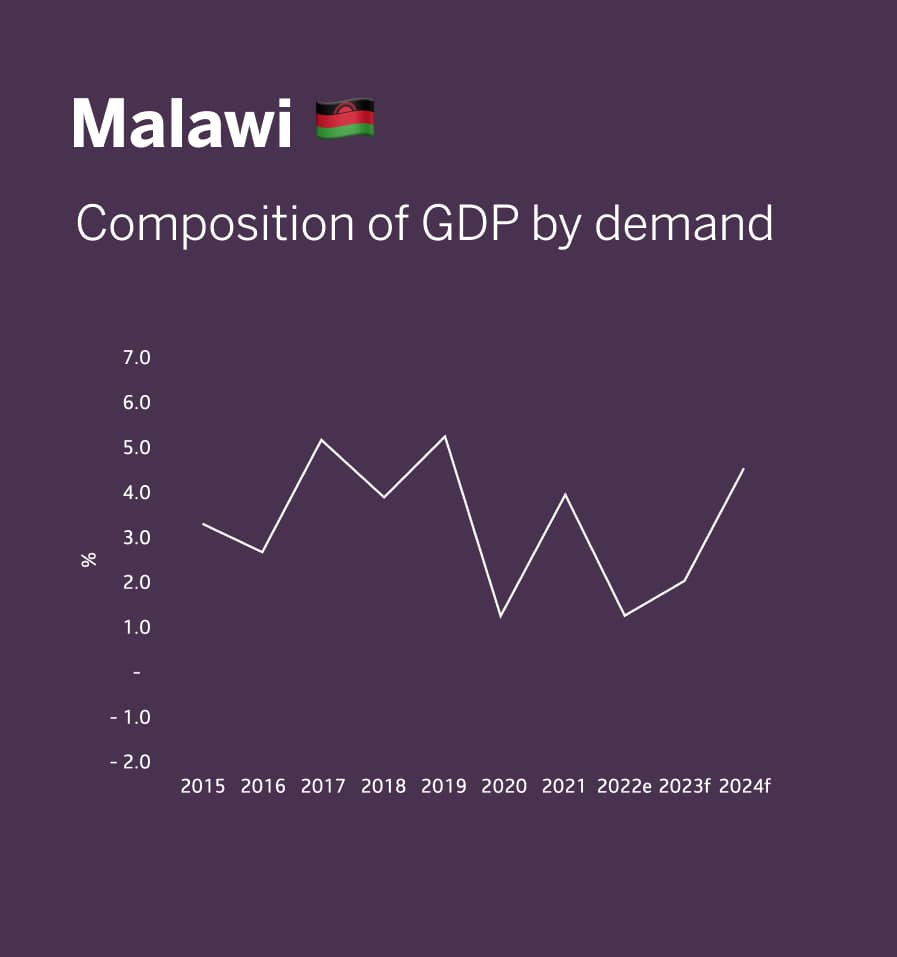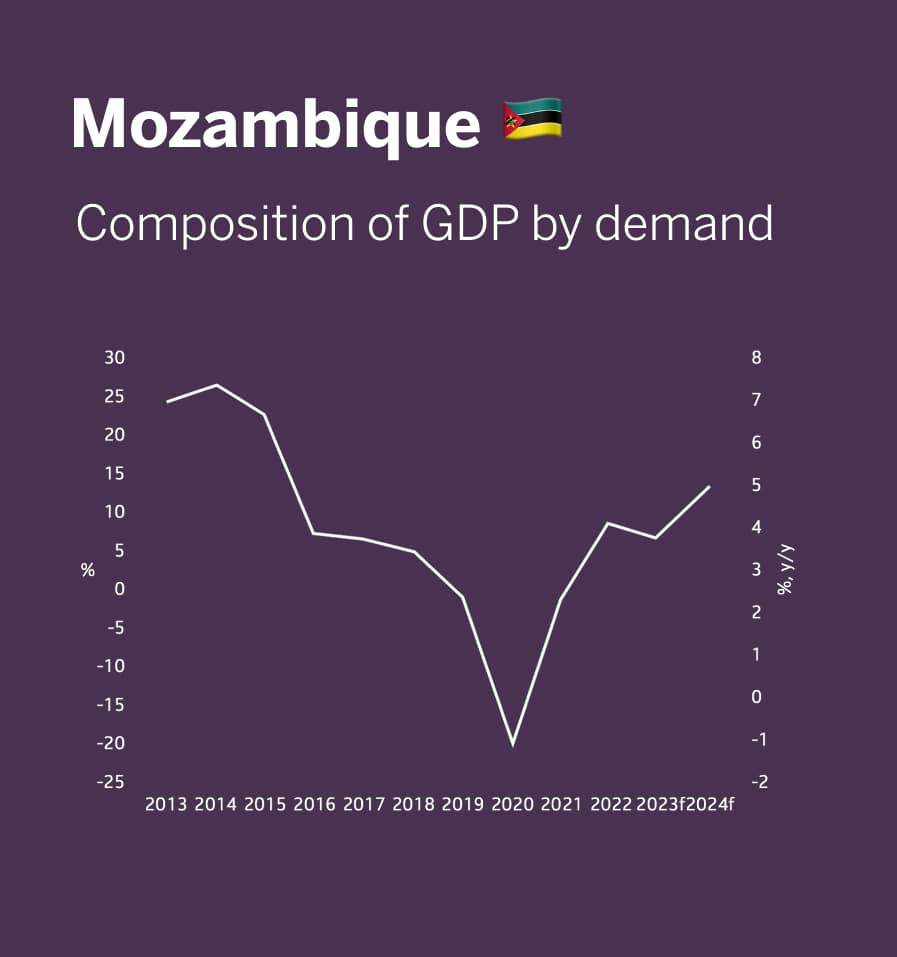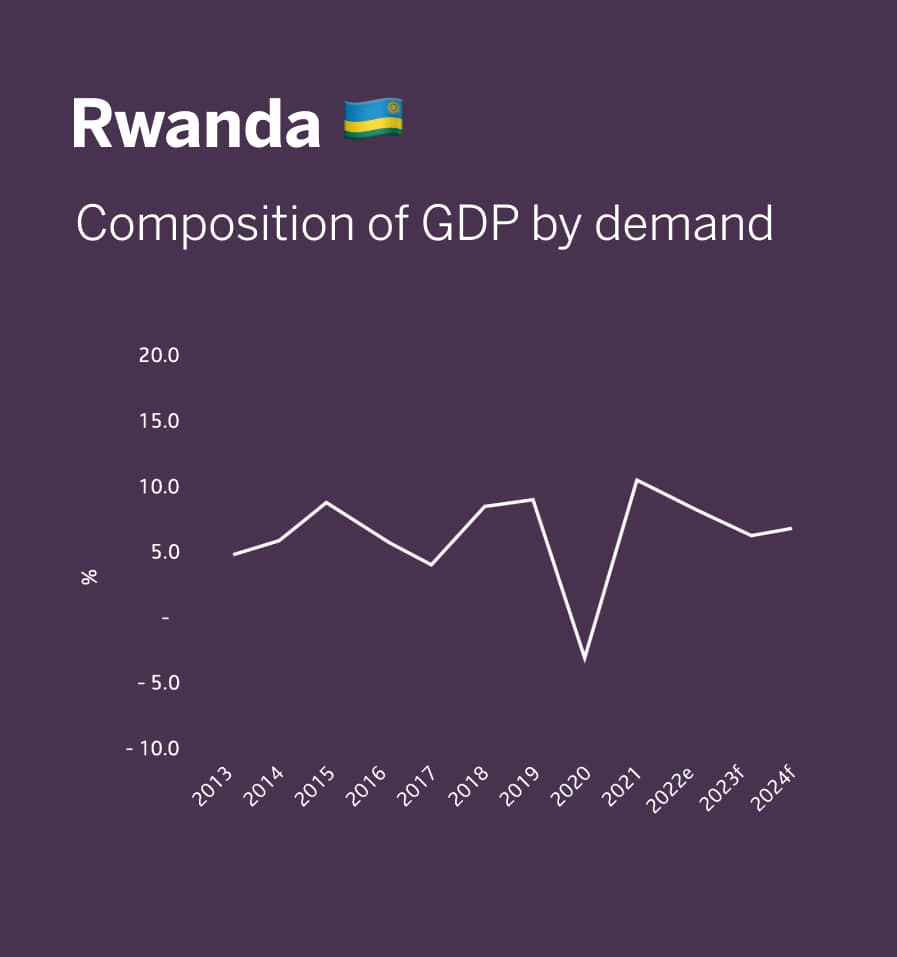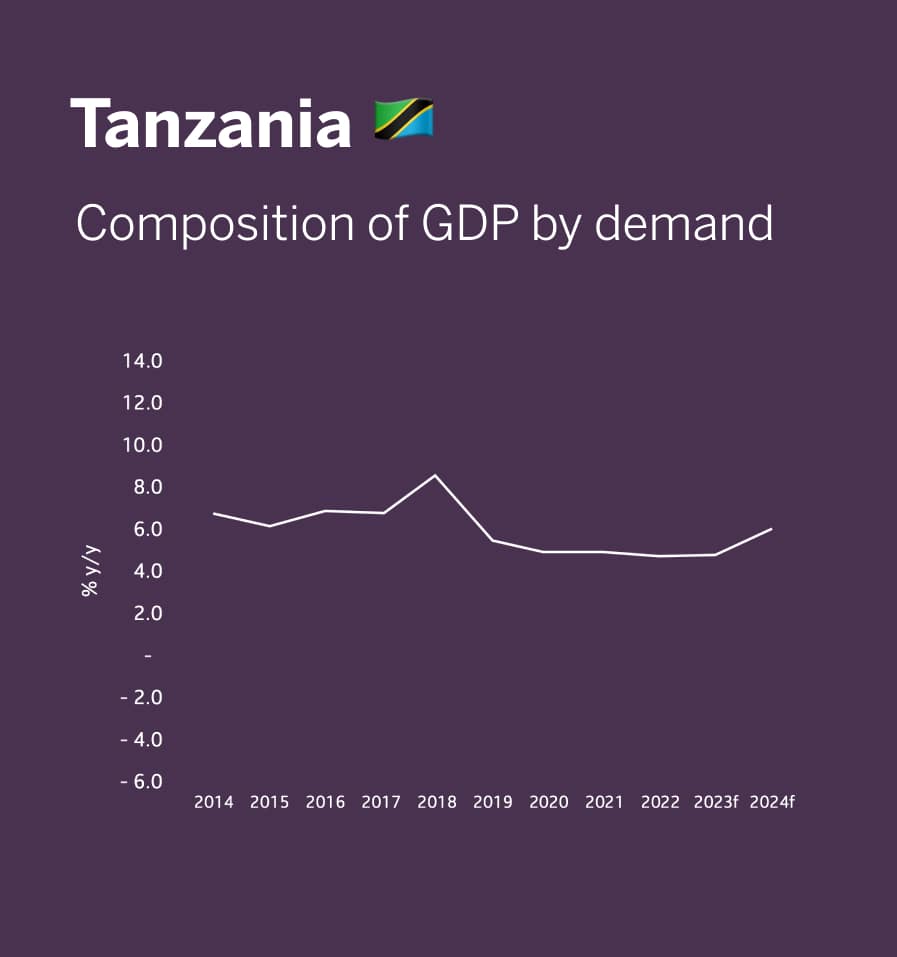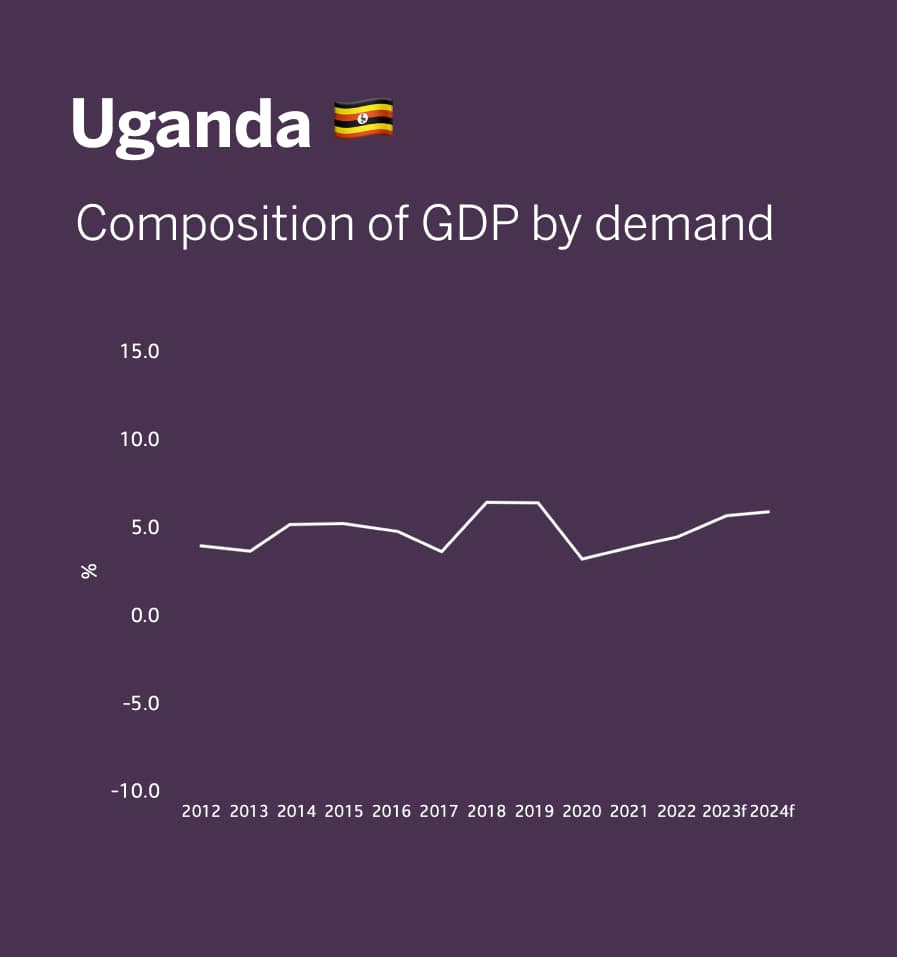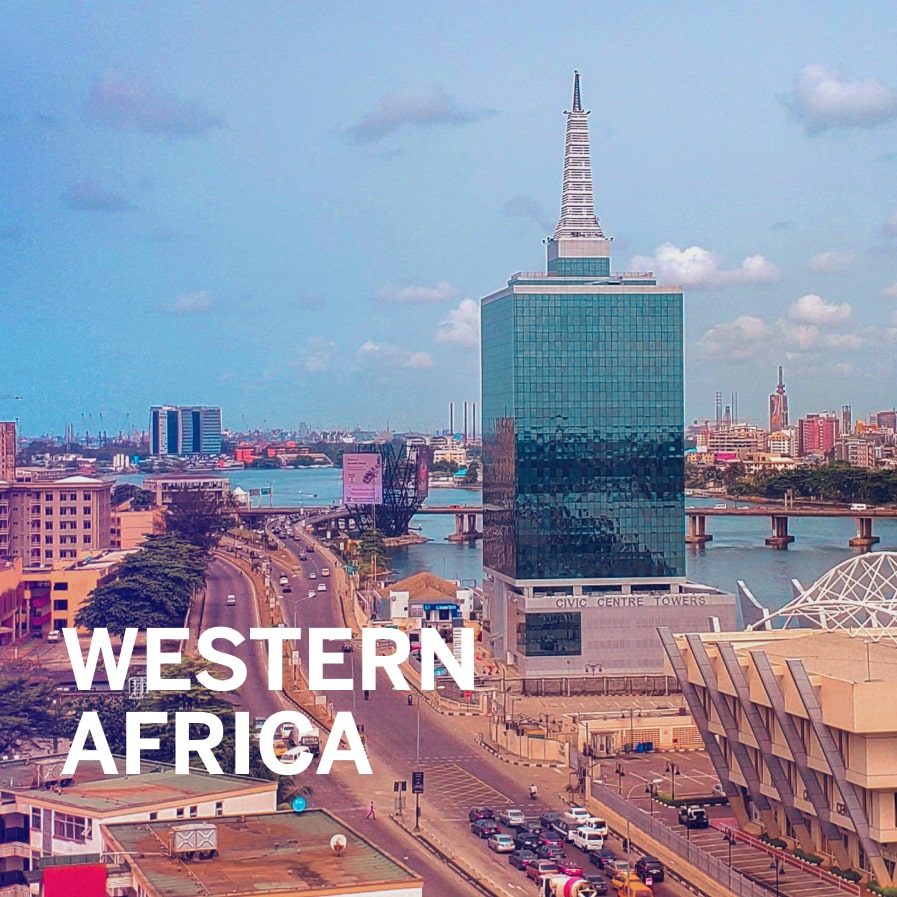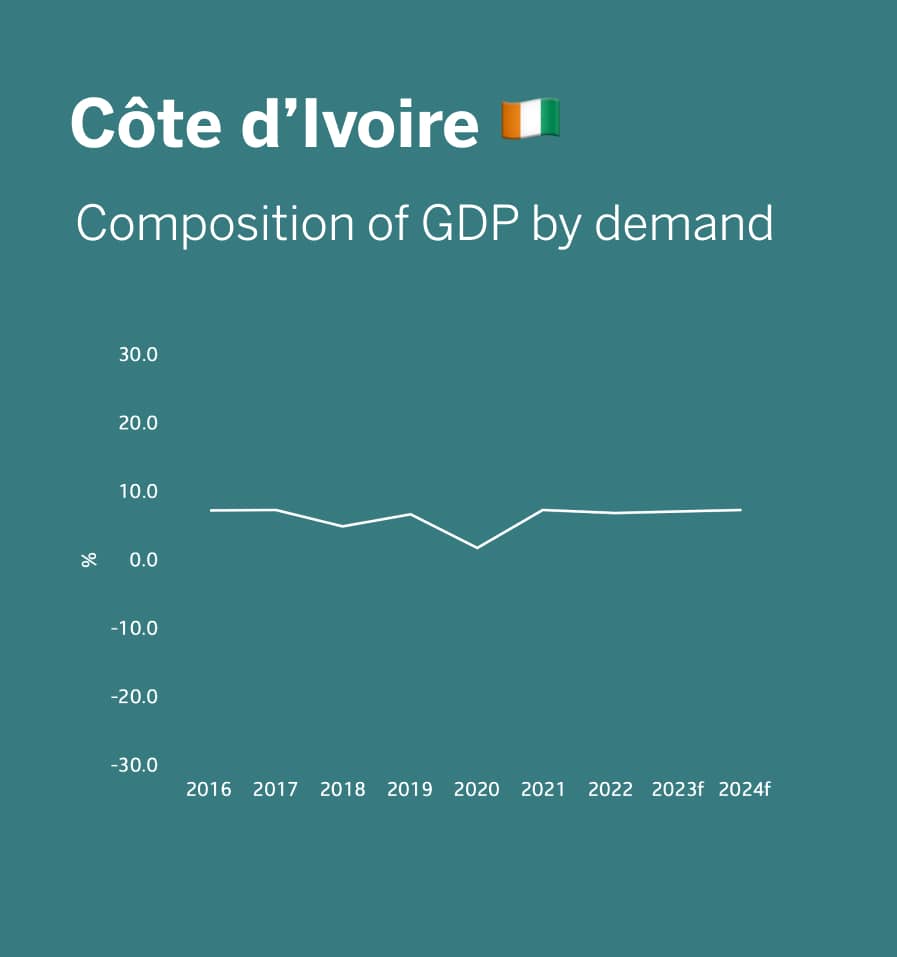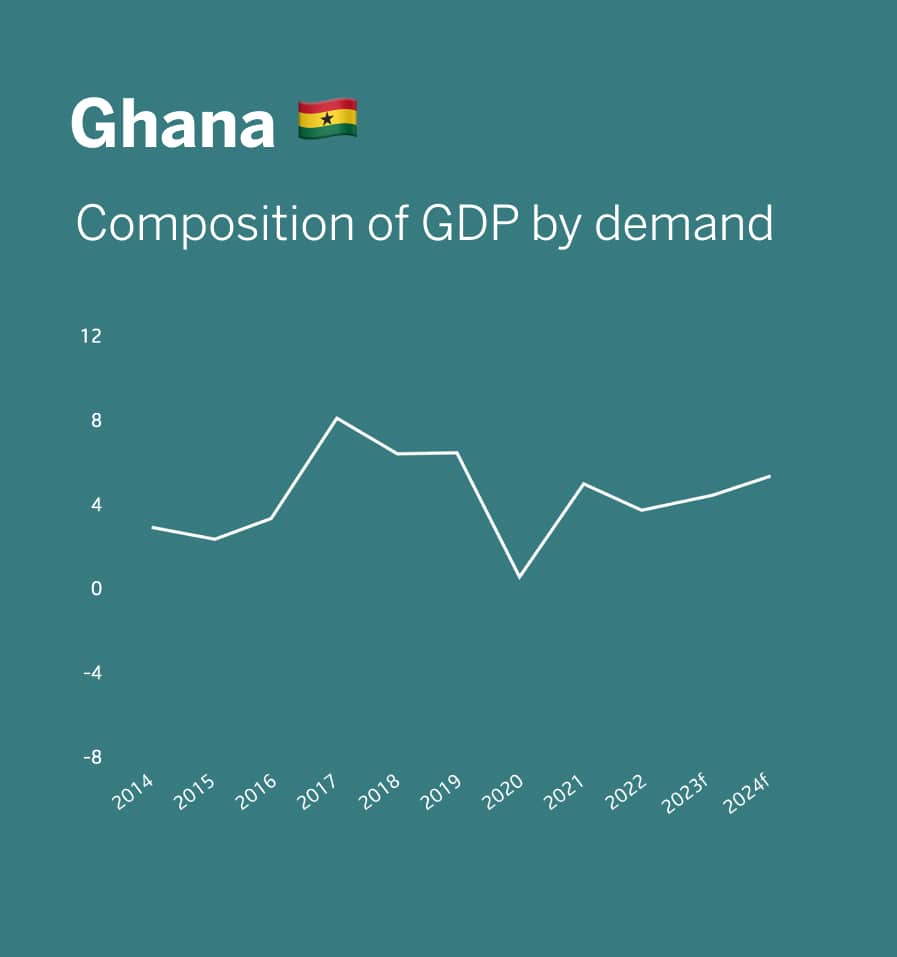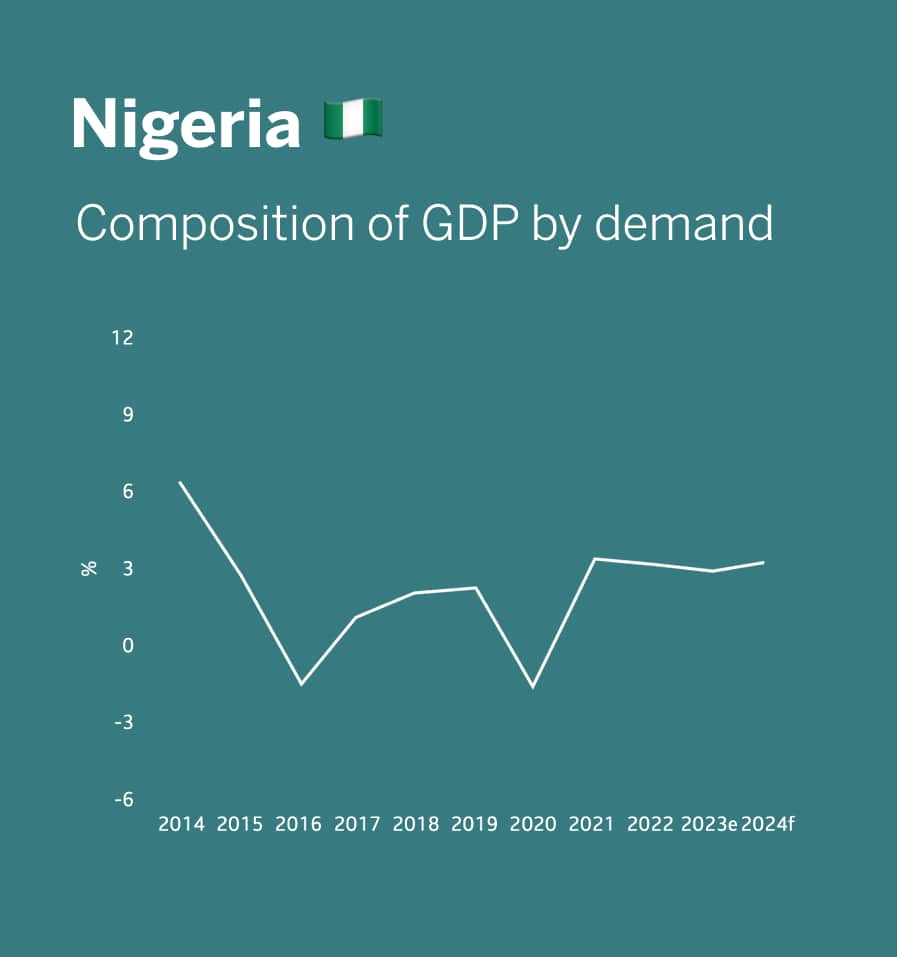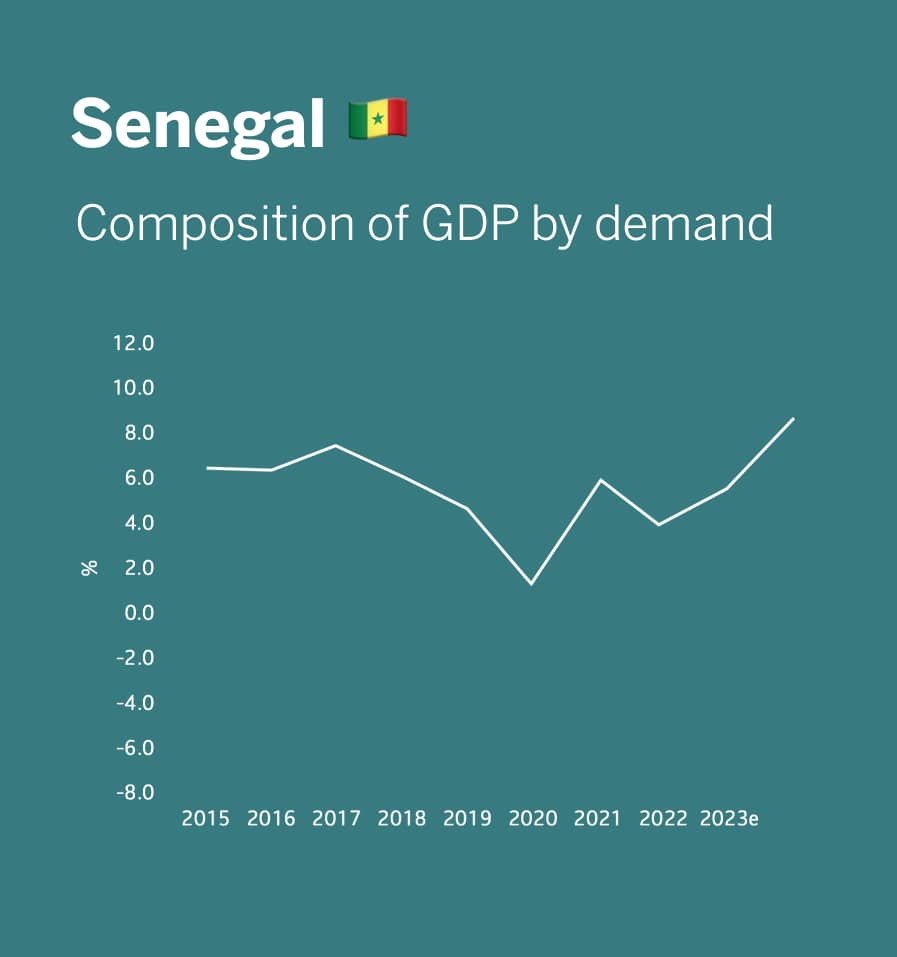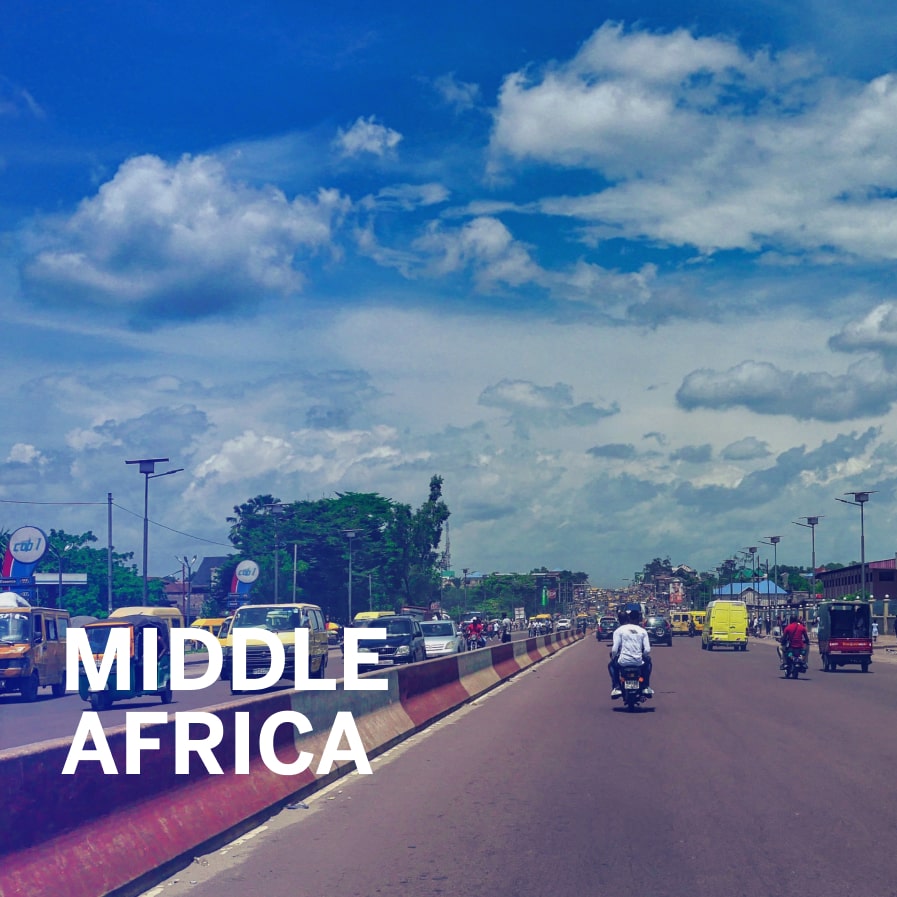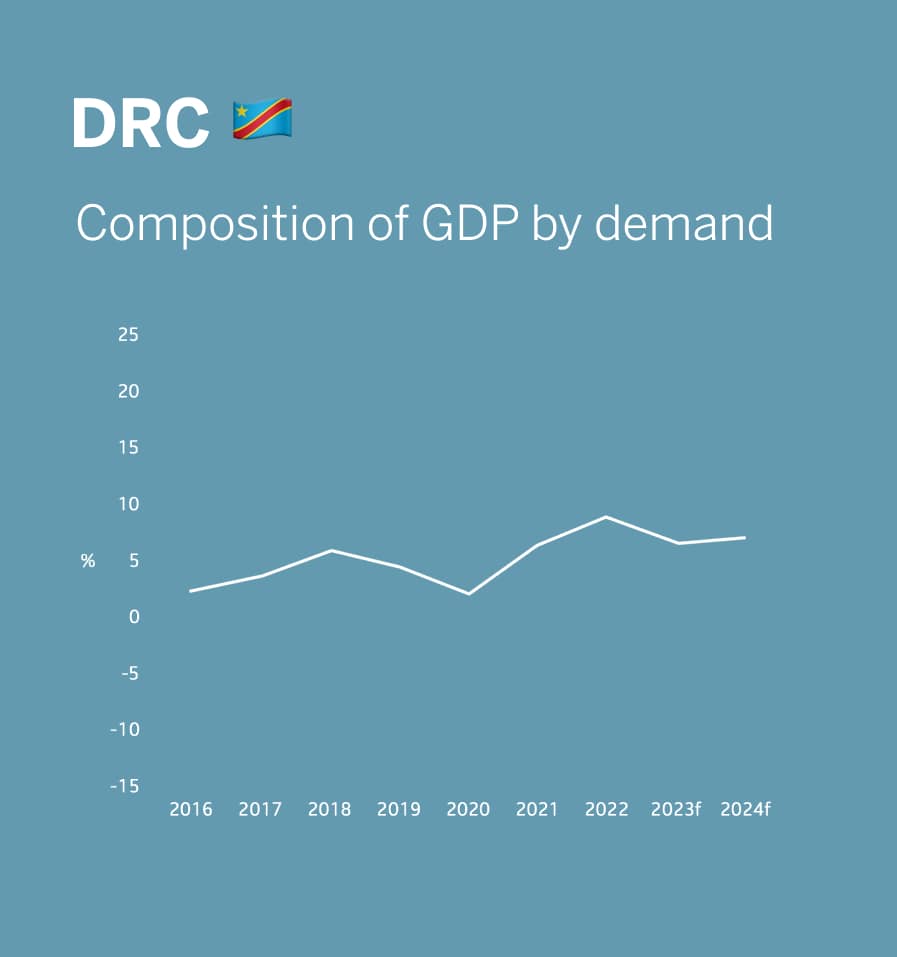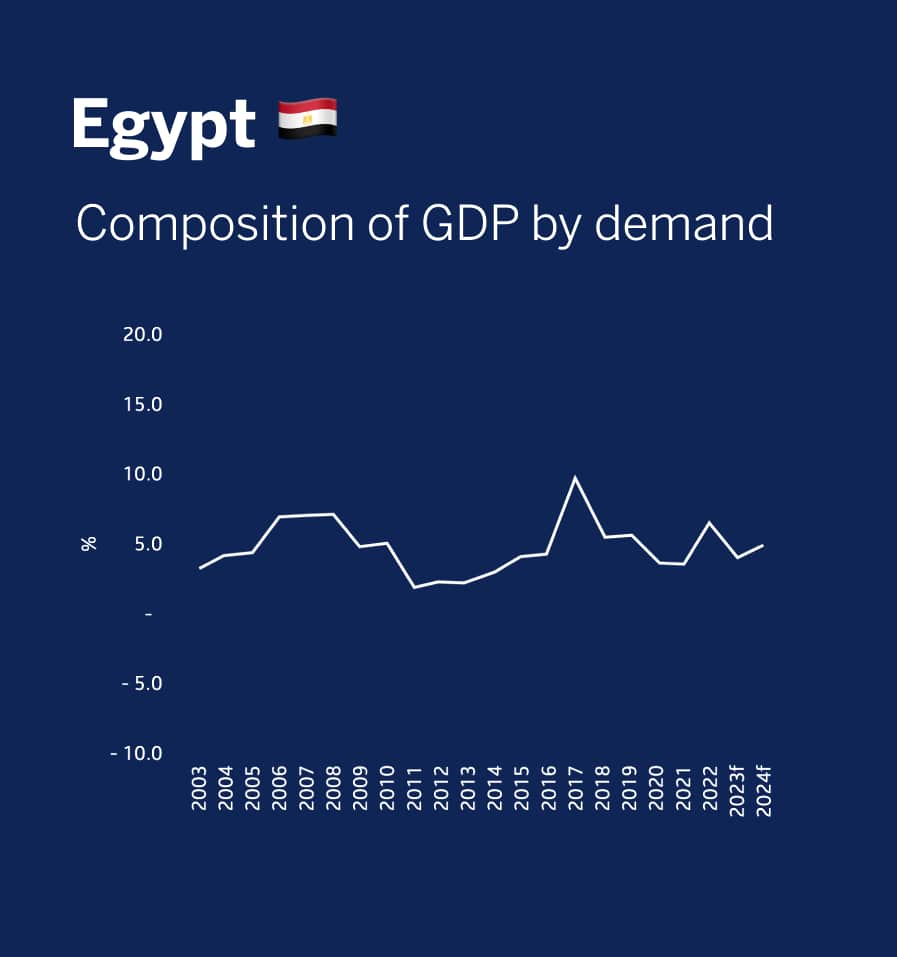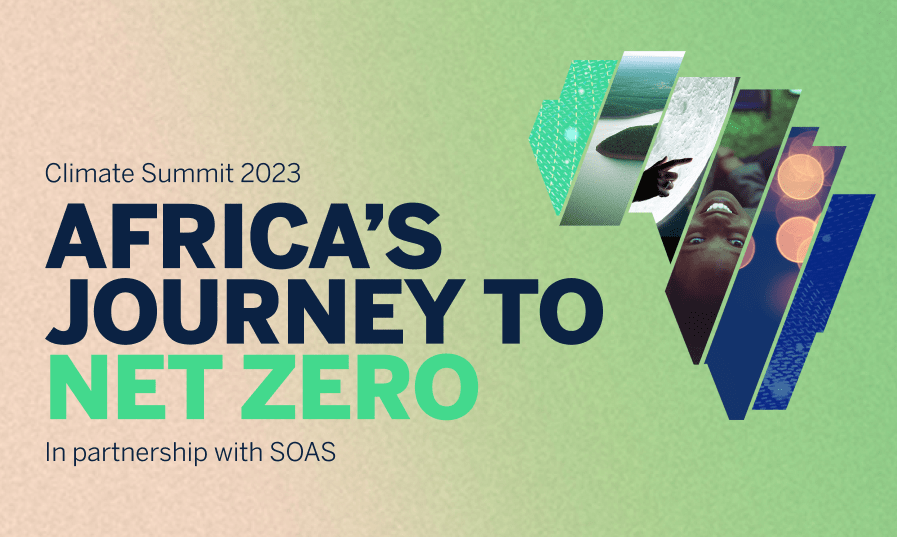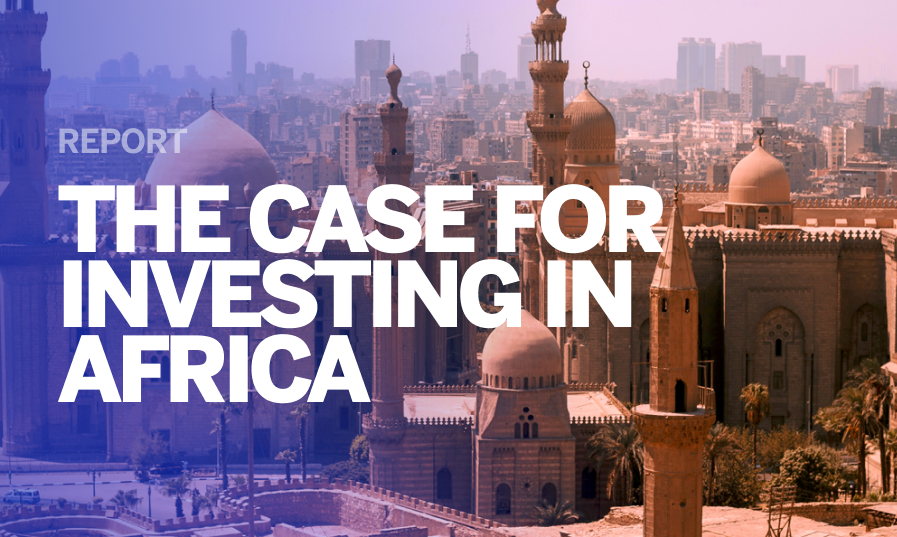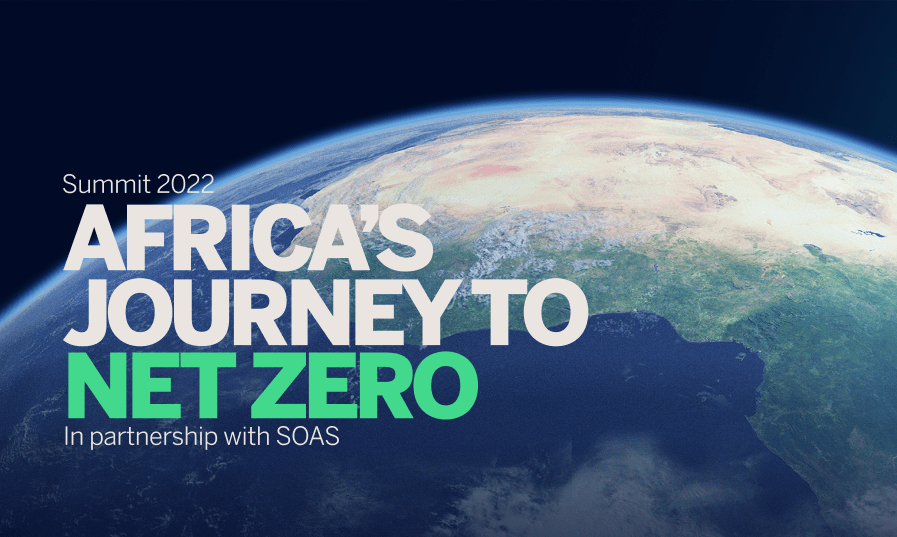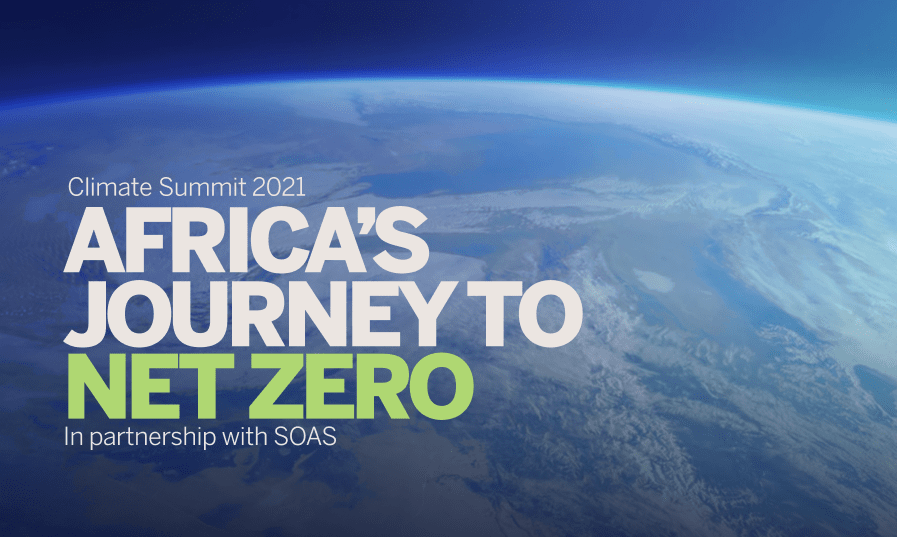

For clients and investors needing insights into Africa
About
In 2023, global economic growth is anticipated to decrease compared to the previous year, despite upward revisions in growth estimates since January 2023. Notably, African economic growth is expected to remain resilient, with a significant reliance on private consumption expenditure, which typically accounts for 60% to 70% of GDP in most covered markets. This emphasizes a greater dependency on domestic demand rather than external demand. However, the forthcoming El Niño event, projected to commence in Q4:23, could potentially impact the growth outlook for the year, as it may bring excessive rainfall to East Africa and drier conditions to parts of southern Africa.
While heavy El Niño rains could be detrimental to East African growth, a more moderate impact on infrastructure might benefit the region by moderating food inflation and bolstering private consumption expenditure. Yet, the historical impact of El Niño may not offer a precise prediction due to advancements in technology and infrastructure. Southern African economies, though likely to experience drier weather during El Niño, may experience a less severe impact on growth compared to their eastern counterparts due to their smaller agricultural sector contributions to GDP. Downside risks, however, loom for Malawi and Mozambique, both grappling with the aftermath of climate change consequences from cyclone Freddy. Additionally, developments in Zambia’s external debt restructuring under the G20 common framework and the potential for debt restructuring in Ghana in H2:23 show progress on the continent. Nevertheless, persistent FX liquidity concerns and expected increases in short-term interest rates in Kenya indicate ongoing challenges in the African economic landscape.



